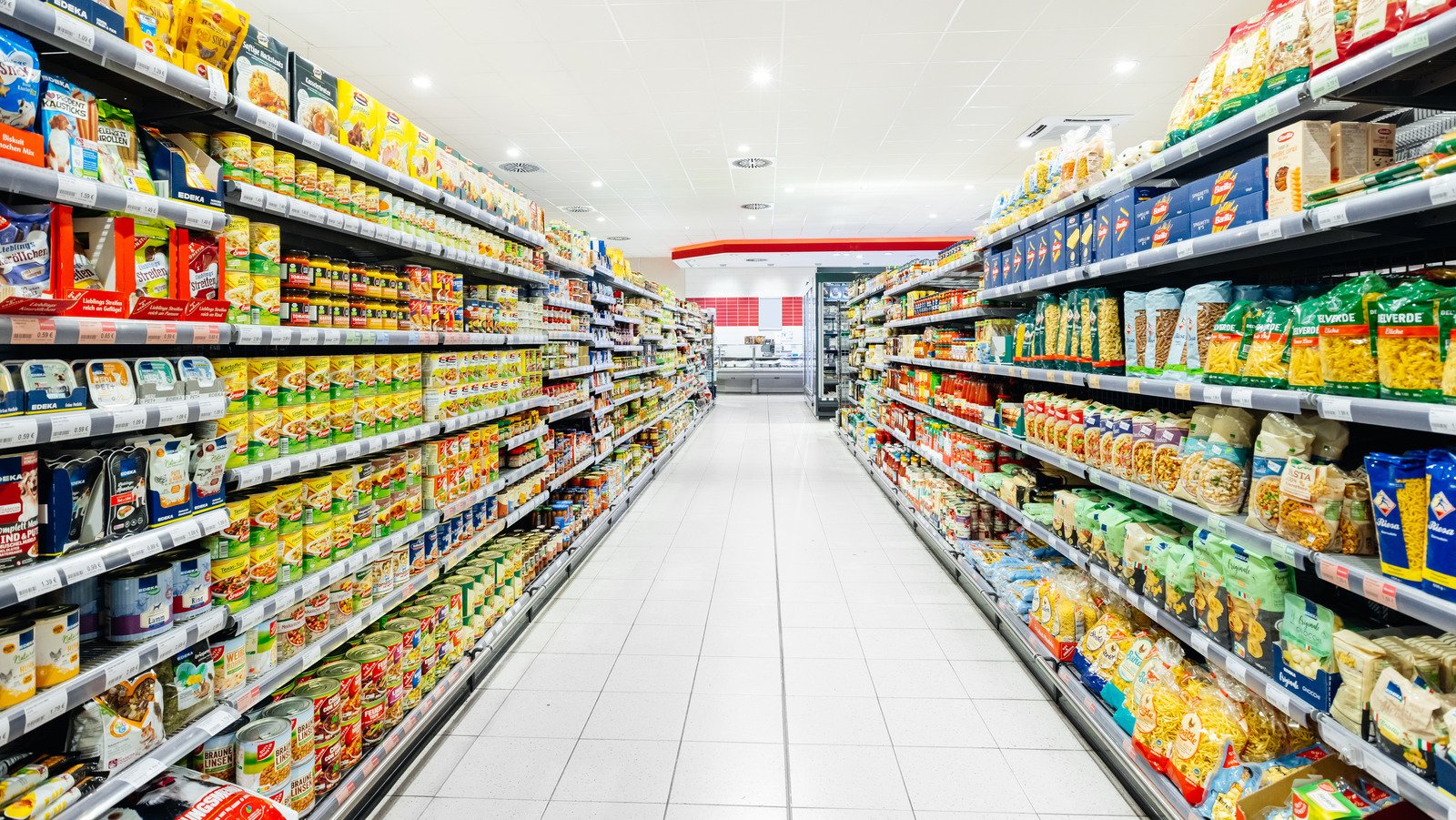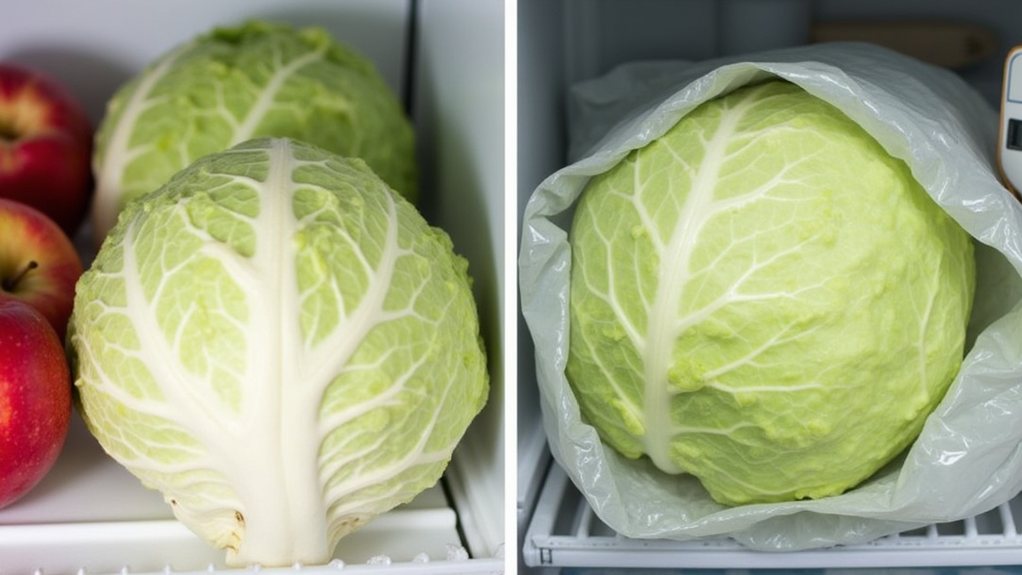The Enigmatic Design of Grocery Stores: A Windowless Wonder
Grocery stores are a quintessential part of daily life, yet their design intricacies often go unnoticed. One particularly intriguing aspect is the conspicuous absence of windows. While this might seem a minor detail, it profoundly impacts shopper behavior and store operations.
Practical Reasons Behind Windowless Stores
Preserving Product Quality
Sunlight is a key factor affecting perishables and product packaging. Ultraviolet rays accelerate spoilage and can lead to the discoloration and degradation of packaging, compromising the quality of the goods inside. Supermarkets mitigate these risks by minimizing sunlight exposure, ensuring a longer shelf life for perishable items, and maintaining aesthetically pleasing packaging.
Temperature Control
Sunlight also raises indoor temperatures, causing supermarkets to rely heavily on air conditioning systems to maintain a cool environment. By eliminating windows, stores can regulate indoor climate more effectively, reducing energy costs and creating a consistently comfortable atmosphere for shoppers.
Space Utilization
Windows occupy valuable wall space that could otherwise be used for shelving and product displays. Each window could translate into a significant reduction in the available area for showcasing goods, limiting the store’s variety and affecting sales potential. Furthermore, windows entail additional costs for installation and maintenance, making them an imprudent investment for grocery retailers focused on maximizing revenue.
Shopping Psychology: Time and Decision-Making
Influencing Time Perception
Grocery stores are designed to immerse shoppers in an environment that makes it easy to lose track of time. Devoid of windows and clocks, these spaces create an insular atmosphere that disconnects shoppers from the outside world. When the sense of time fades, shoppers are less likely to rush, increasing the duration of their visits.
Research supports this tactic. A study by Bangor University found that the decision-making of shoppers shifts from logical to emotional after just 23 minutes in-store. By the 40-minute mark, cognitive processes deteriorate to the extent that shoppers become more susceptible to impulsive buying. Thus, creating a timeless shopping experience can significantly boost sales through extended shopping durations and impulsive purchases.
Subtle Tricks to Enhance Shopping Experience
Strategic Layout and Product Placement
From the moment shoppers walk in, they are greeted by the aromatic and visually appealing produce, flowers, and bakery sections. These initial displays set a welcoming tone, encouraging a leisurely pace and increased spending. Essential items like dairy products are placed at the store’s farthest reaches, compelling customers to traverse several aisles, increasing the likelihood of unplanned purchases.
High-ticket items frequently reside at eye-level, ensuring they catch the shopper’s attention first. Conversely, budget-friendly options are placed higher or lower on shelves, making them less noticeable. This deliberate arrangement guides purchasing decisions subtly yet effectively.
Background Music
Even the music played in supermarkets is chosen with a purpose. Slow, soothing tunes prompt shoppers to move through the aisles at a more relaxed pace, fostering a longer shopping session and a higher overall spend. This combination of sensory and psychological cues orchestrates an environment where shoppers are more likely to indulge in additional purchases.
Conclusion: A Symphony of Design and Psychology
The lack of windows in grocery stores is more than a mere architectural quirk; it’s a calculated decision that interweaves logistics, psychology, and business acumen. By controlling environmental factors, manipulating time perception, and strategically arranging merchandise, supermarkets craft an optimized shopping experience aimed at driving sales and enhancing customer satisfaction. Such meticulously designed spaces remind us that every element within a store serves a specific, thoughtfully considered purpose.










